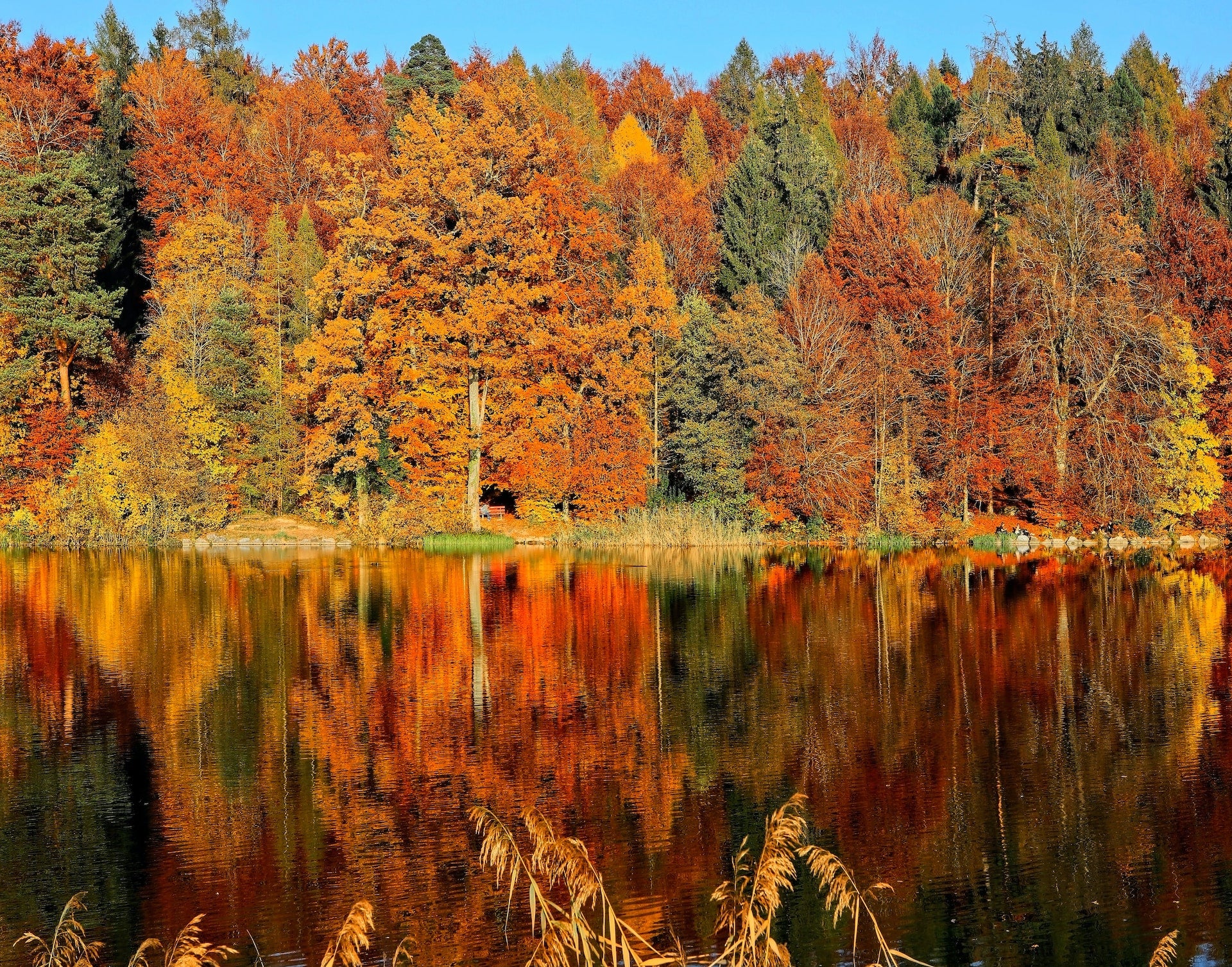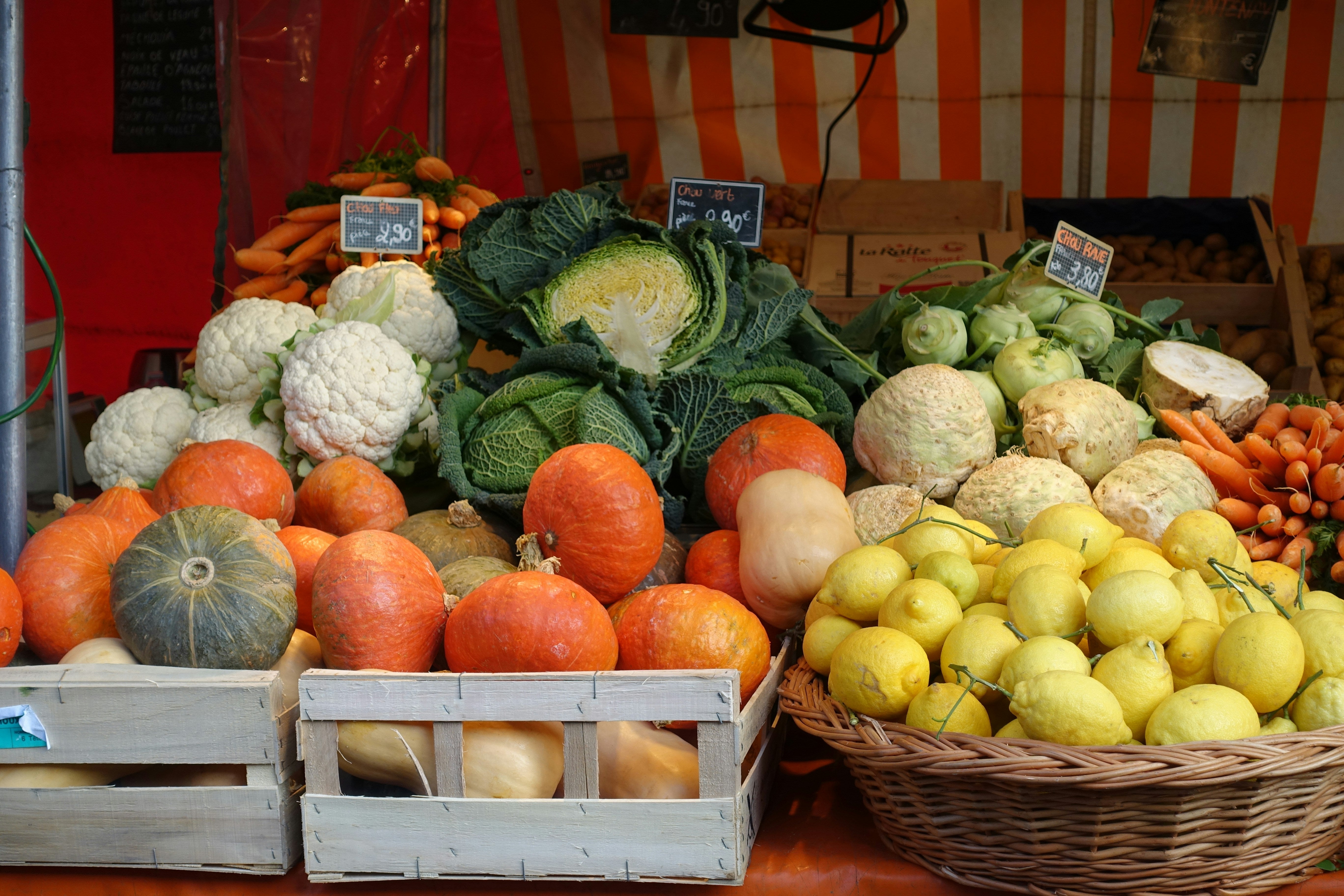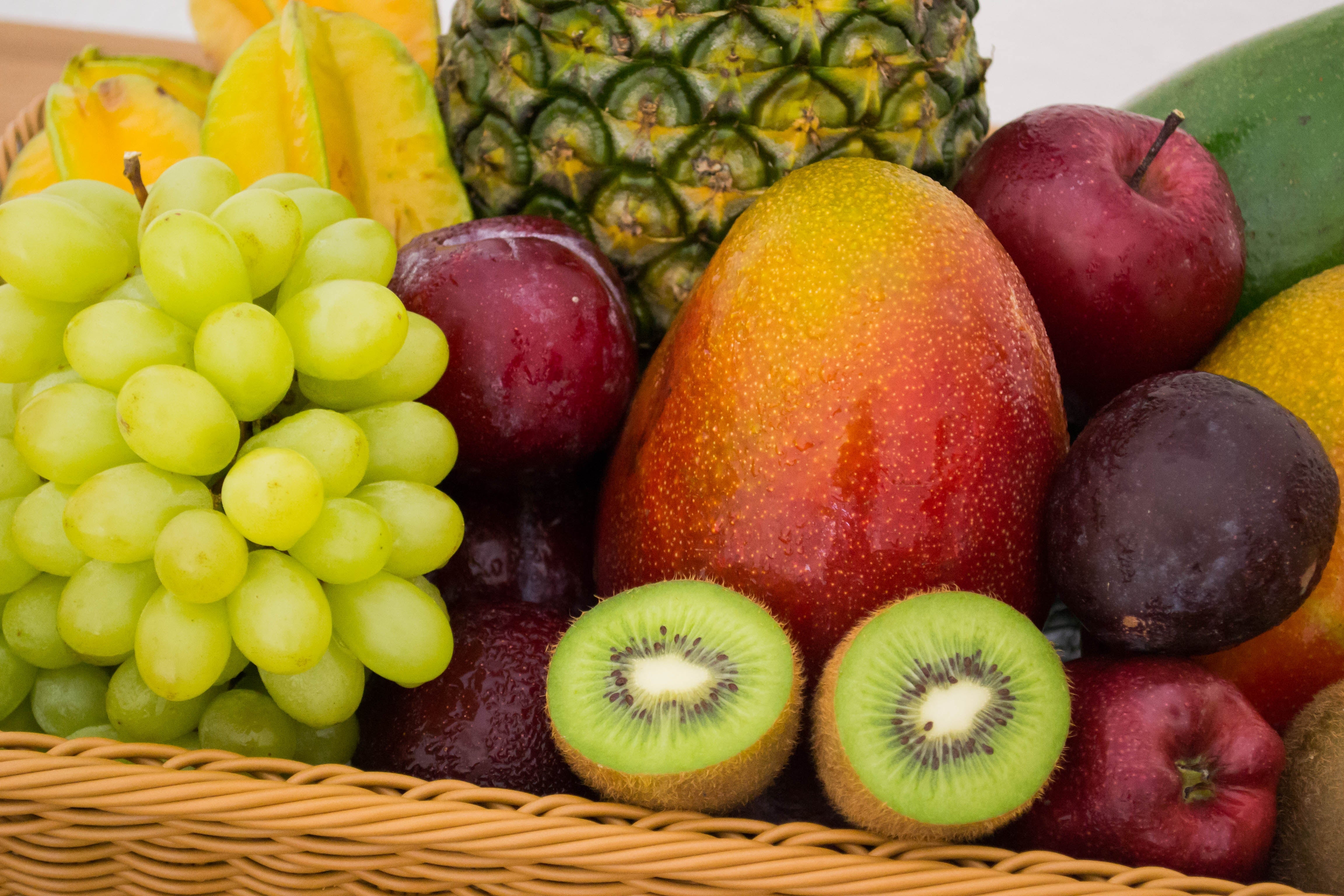Autumn Changes

As the summer sun begins to wane and the air crisps with the promise of fall, nature puts on one of its most spectacular displays: the changing of leaves. This vibrant transformation, marking the transition from summer to winter, is a phenomenon that captures the hearts of people around the world. But what exactly causes this breathtaking change, and when is the best time to witness it, especially in the enchanting landscapes of the Northeastern United States?
The Science Behind the Magic: Why Leaves Change Color
The process of leaves changing color in the fall is a result of a complex interplay of environmental cues and intricate biochemistry. During the warm months, leaves are green due to chlorophyll, a pigment crucial for photosynthesis, the process through which plants convert sunlight, water, and carbon dioxide into energy. However, as days shorten and temperatures drop, trees receive signals to prepare for winter.
During this transition, trees reabsorb nutrients from their leaves and seal off the connecting vessels. As chlorophyll breaks down and fades away, other pigments present in the leaves become more prominent. Carotenoids, responsible for the yellow and orange hues, are always present in the leaf but usually masked by the dominant green chlorophyll. Anthocyanins, responsible for red and purple colors, are produced in response to certain environmental conditions, such as bright sunlight or cool temperatures.

When Leaves Change in the Northeast
In the Northeastern United States, the magic of leaves changing typically begins in late September and peaks in mid to late October. This period, known as "peak foliage," varies slightly each year based on weather conditions. Cooler temperatures and sunny days accelerate the process, resulting in more vibrant and varied colors.
Must-Visit Locations in the Northeast to Witness the Spectacle
-
The Adirondack Mountains, New York: The Adirondacks offer a panoramic canvas of colors, with vast forests of maple, oak, and birch trees. Scenic routes like the Adirondack Northway provide breathtaking views of the changing landscape.
-
Green Mountain Byway, Vermont: Vermont, famously known for its maple syrup, also boasts a stunning display of fall foliage. The Green Mountain Byway, weaving through quaint towns and rolling hills, is a picturesque route for leaf-peeping enthusiasts.
-
White Mountains, New Hampshire: Home to the highest peaks in the Northeast, the White Mountains transform into a mosaic of reds, yellows, and oranges in the fall. The Kancamagus Highway is a popular route offering unparalleled views of the changing leaves.
-
Acadia National Park, Maine: Along the coast of Maine, Acadia National Park showcases a unique blend of coastal beauty and vibrant fall foliage. Hiking trails and carriage roads provide opportunities to immerse oneself in the autumnal splendor.
-
Berkshires, Massachusetts: The rolling hills of the Berkshires become a patchwork of colors during the fall season. Visitors can explore charming towns, visit apple orchards, and take scenic drives along Route 7 for a front-row seat to nature's grand spectacle.
In conclusion, the changing of leaves in the fall is not merely a natural process but a mesmerizing spectacle that reminds us of the beauty of change and the cyclical nature of life. For those in the Northeastern United States, witnessing this transformation in person is a testament to the wonder of the natural world and an experience that etches lasting memories in the hearts of all who behold it. So, grab your camera, hit the road, and immerse yourself in the breathtaking panorama of fall foliage in the Northeast.




